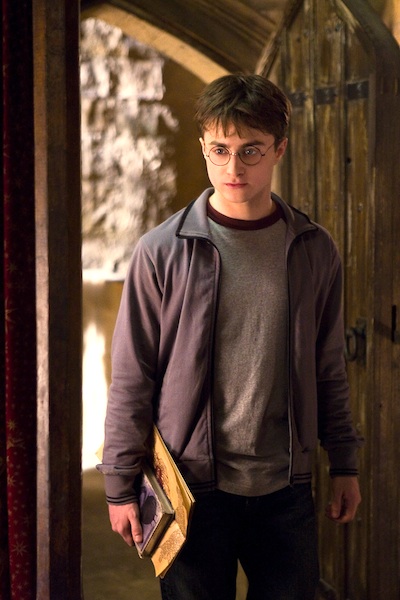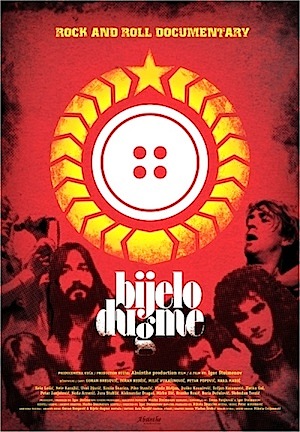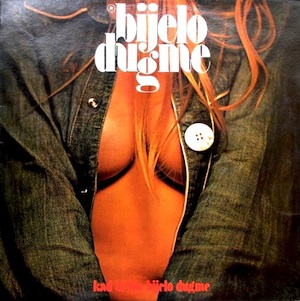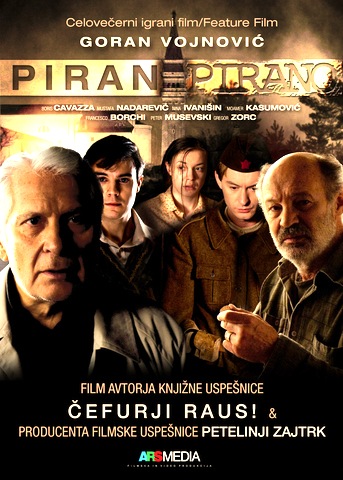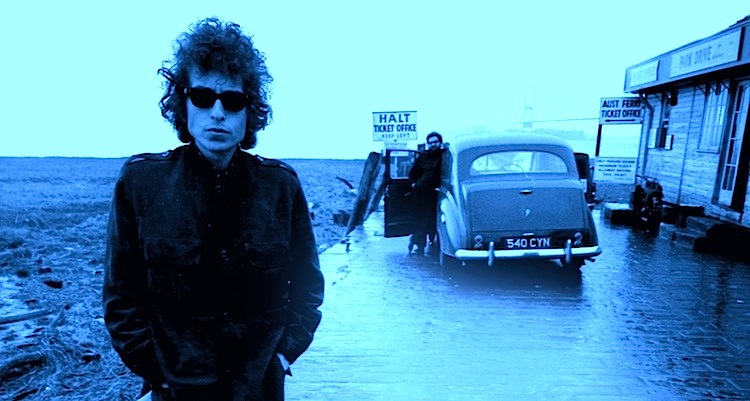
By Jennifer Baldwin. A funny thing happened on the opening night of the TCM Classic Film Festival: I fell in love with an old movie. That shouldn’t be so funny, really, since I fall in love with old movies all the time. It’s just what I do. It’s my thing. I watch a random old movie on TV one night and next thing you know I’m in love. No, what’s funny about that first night of the TCM film fest is that I fell in love with an old movie I already loved.
An American in Paris may not be regarded as the best musical film of all time (most would say Singing in the Rain), but I’ve always had a soft spot for it in my heart. The Gershwin songs, the wild Technicolor, the audaciousness of that twenty-minute dance finale – it may not have the most riveting storyline in the world (few musicals do, really), but it more than makes up for it in terms of musical and visual pizzazz.
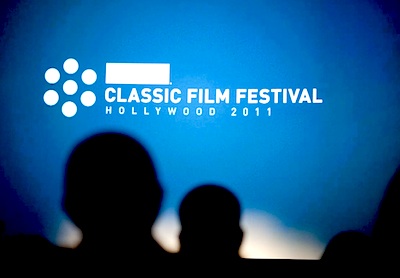
I always end up watching the “I Got Rhythm” and “’S Wonderful” sequences with a huge grin on my face – and then there’s the “Our Love is Here to Stay” number, and the “American in Paris” ballet -and suddenly my heart is aching and I’m all swept up in the passion of the love story. It’s funny, and romantic, and colorful (boy, is it colorful!), and what more is there to ask of a musical? I’d seen the movie many times before, so why was the screening at the TCM festival such a revelation?
It’s an obvious answer, but nevertheless, it came as a shock to me: the movie was a revelation because I was watching it in a theater. Gorgeous Grauman’s Chinese Theatre, to be exact. With a packed house. And all the energy and excitement of the night went crackling and sparkling through the theater as I sat there watching, falling in love. We applauded the credits; we applauded Leslie Caron and Gene Kelly; we applauded after the musical numbers. I’ve watched old movies on a big screen before, in an auditorium, for my film classes. Nobody in those classes ever applauded. Nobody ever cheered. There was no energy or magic.
But that opening night premiere of a new 60th anniversary digital print of An American in Paris was magical. It helped having Leslie Caron on hand to talk about the film and her days at MGM, in a lovely conversation with Robert Osborne before the start of the movie. It was like a mutual love fest: Ms. Caron, coming out to an adoring audience, proclaiming, “This is awesome!” (with a beautiful smile on her face, and a spring in her step), while we gave her a standing ovation. It wasn’t just a movie, it was an event, a communal celebration of classic film. Continue reading A Classic Movie Lover’s Weekend at The 2011 TCM Film Festival

